Ping is renowned for their forgiving cavity back irons, but they also make a pretty good better players' iron too.
Since the S59 the number has decreased with each new model until the 2014 S55 iron, as the new 2016 model is now just called the iBlade.
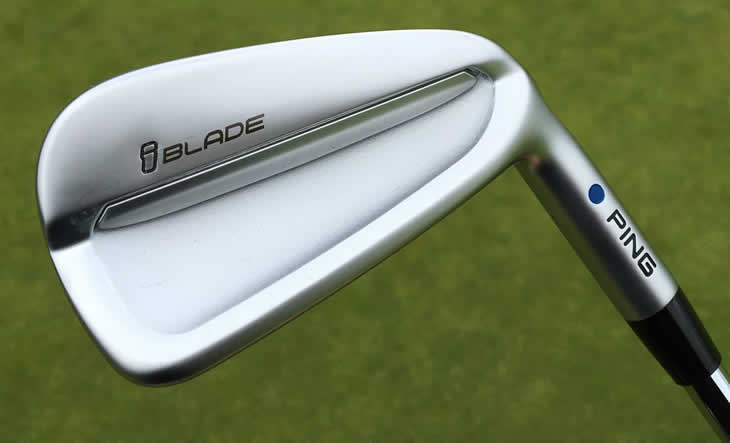
The first thing you notice is the clean design with a water repelling Hydropearl Chrome finish that only features the iBlade branding on the back. If you think you have seen this before then you are right as it draws on the styling of the Ping Glide wedges.
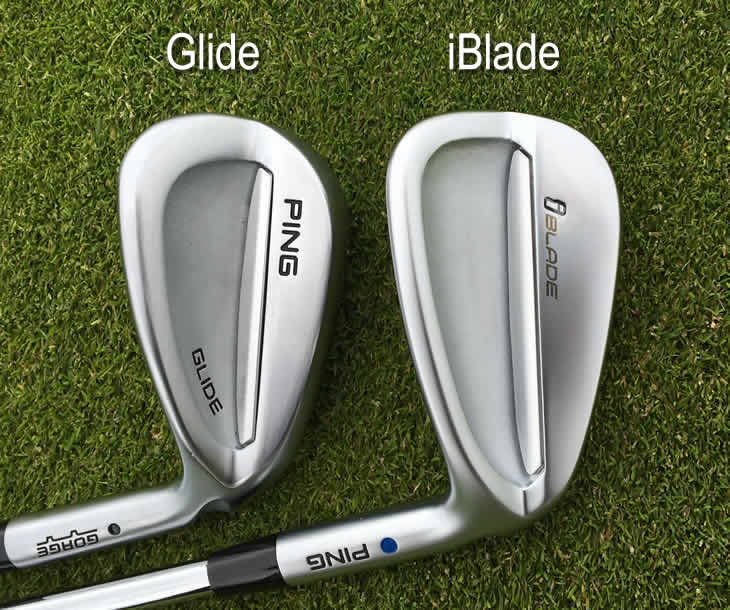
Being a Ping iron there is of course a pocket cavity and this is filled with a Custom Tuning Port (CTP) that uses 60% more elastomer than in the S55 and looks a lot better too.

The CTP is there to reduce vibrations and fine tune the sound and feel of the iBlade, which for a cast iron is pretty good, especially in the shorter irons.
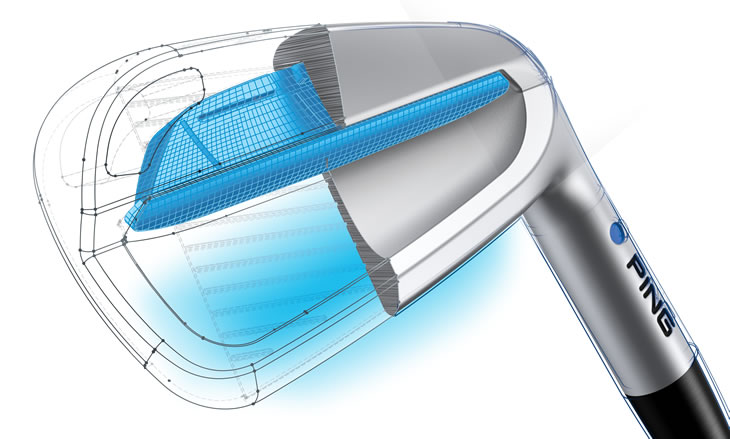
There is still a tungsten weight in the toe to balance the head of the iBlade and increase the MOI to make it a little more forgiving.
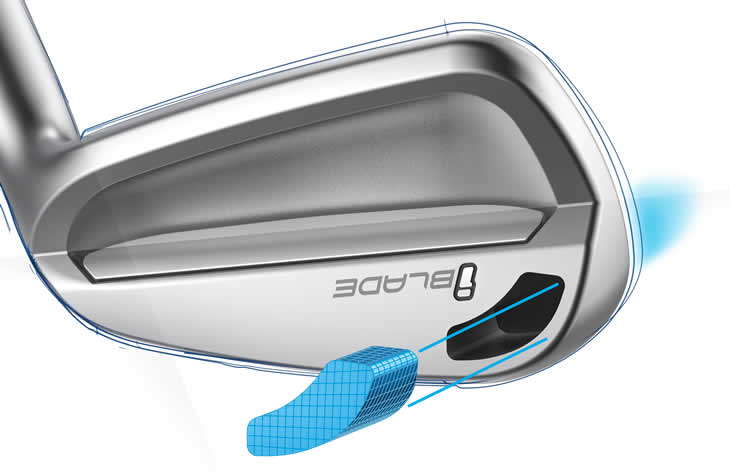
It is apparently a ‘purer’ form of tungsten, which does not mean that it leads a cleaner life, but that it is denser so you get more bang for your weighting buck. Unlike the S55, Ping has decided not to highlight this fact visually and I prefer the less technical look.
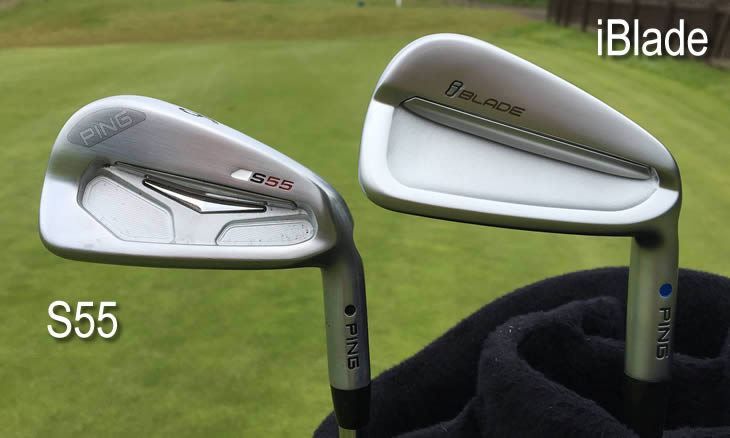
The soles are the same width as the S55, but in the 3 to 7 irons the bounce has been refined a little to help turf interaction and I certainly found them very easy to clip off tight lies.
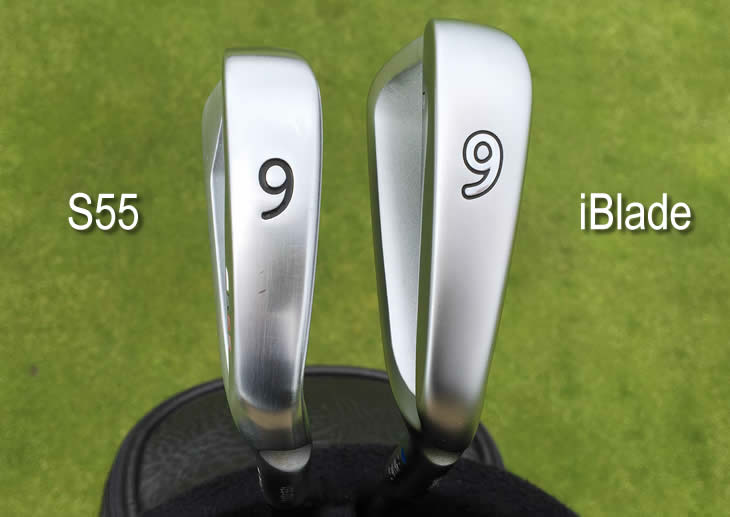
At address the top line is very blade like and you would be hard pressed to think you are playing a cavity back. There is hardly any offset and quite a straight leading edge so everything about this is saying ‘blade’.
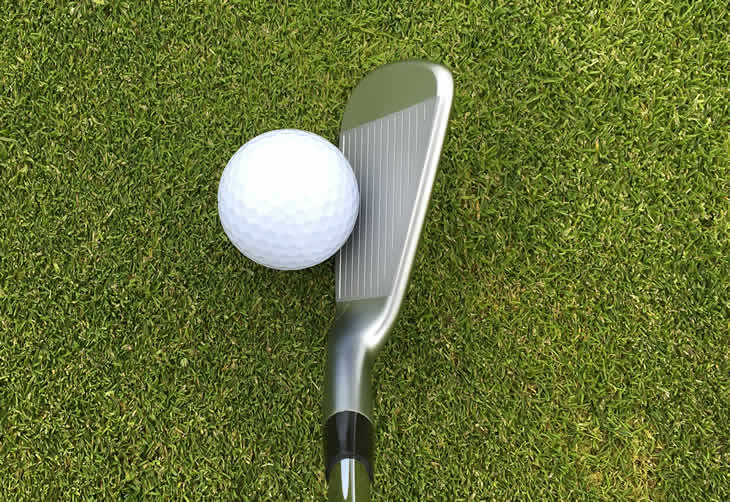
The heads are little longer than the S55, especially in the 3,4 and 5 irons, which is a good change as they did look a little compact before.
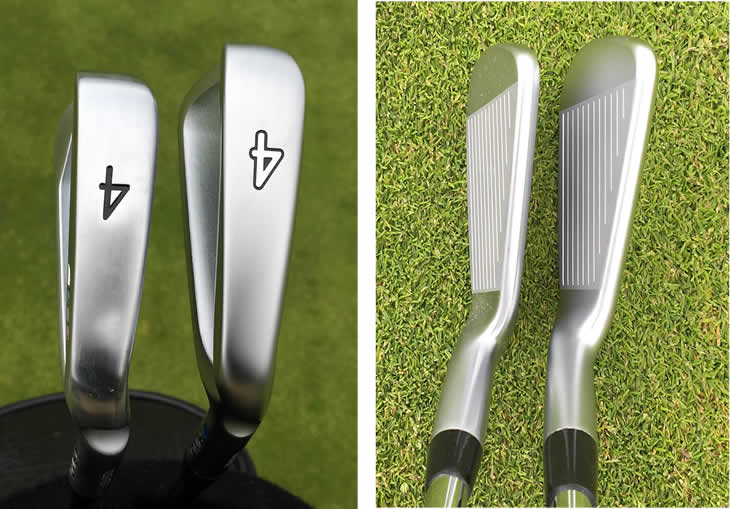
Ping has been able to do this by using a softer 431 Stainless Steel that has a stronger strength to weight ratio and saves around 4g to improve the MOI. This also enables the face to be 50% thinner than the S55 at just 1.7mm (0.068 inches) to create more ball speed, especially in the long irons.
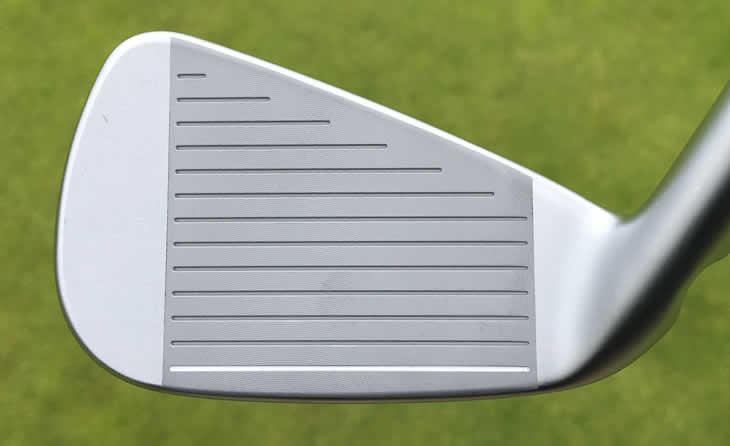
I checked this out on SkyTrak with the iBlade and S55 4-irons and whilst I did not get the 6 yards Ping is claiming, the iBlade did carry a couple of yards more.
Ping say the iBlade has a flatter face because it is milled rather than cast, so we will have to take their word on that, but the spin and feel are still very good.
Comparing the 6-iron of the iBlade with the S55 and the larger cavity Ping i iron highlighted the differences between the models. The two blade models performed pretty similar, with the larger cavity on the i being more forgiving.
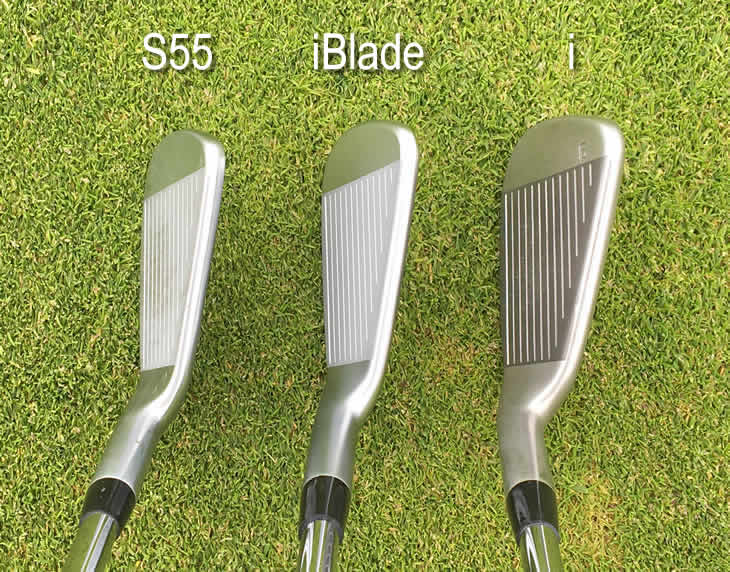
The most noticeable difference was the sound. The i was the most hollow sounding because it had the largest cavity back, then the S55 and then the iBlade. Each time Ping enhance their better player iron it looks and sounds better and the iBlade has a sharper sound than the S55 which I think most will like.
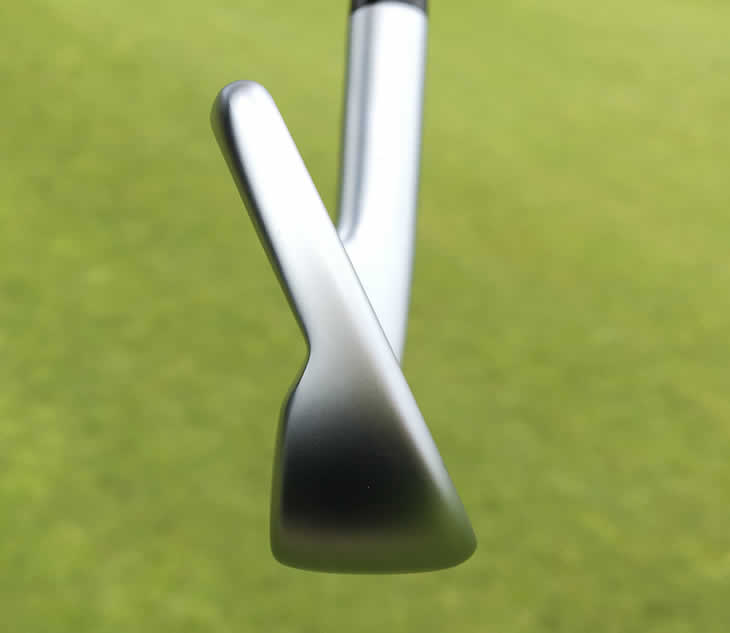
The lofts are 1° weaker in the 7 to 9-iron than the S55 and a touch stronger in the 3 and 4-iron to help match the trajectory and shows how the extra speed benefits the longer irons more.

Aside from the new font of the sole numbers, which some felt did not look as sharp as the Glide or S55, there is a lot to like about the iBlade.
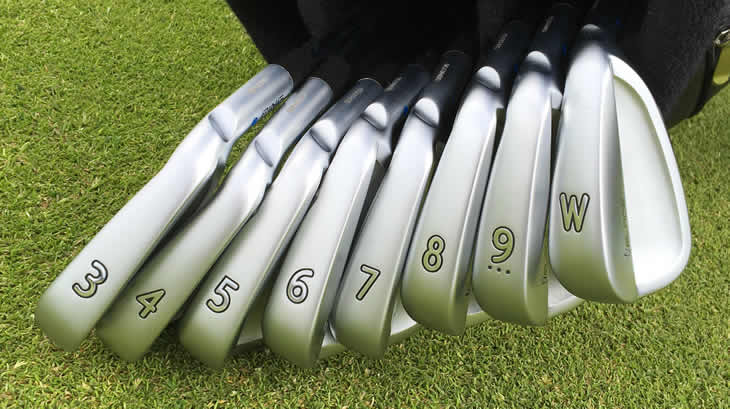
The cleaner look is more better player and almost conjures up that gleaming blade/ thing of worship vision that you would see in a tour player’s bag that there was no chance of you being able to use .
Unless you are a low single figure golfer that may still be the case, but if you are up for it then the iBlade is more forgiving in the longer irons than most blades. Whilst it might not have all the feel of a forged blade, the feedback from the mid to short irons in particular will be enjoyed by Ping diehards and by most better players.
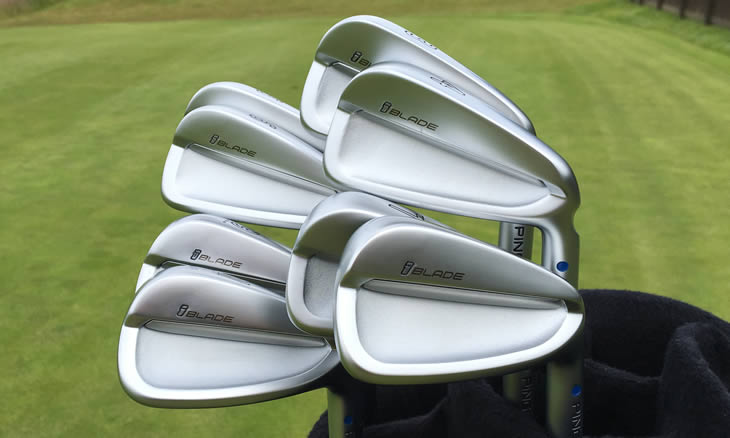
If you go for the Glide wedges then the iBlade will also create a set of irons that will blend in terms of look, construction and feel to give you one of the best feeling and forgiving cast irons for low handicap players in the market today.